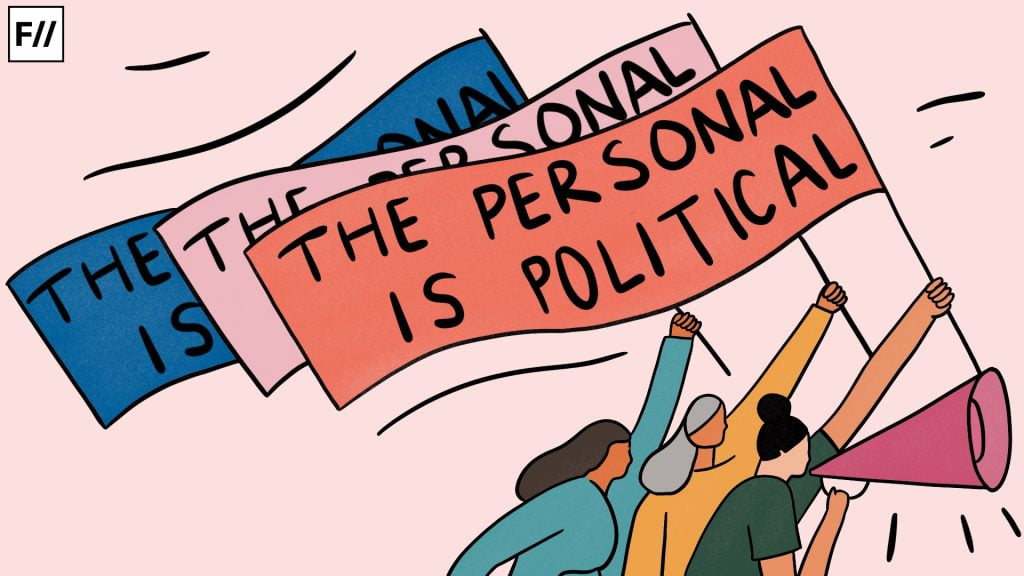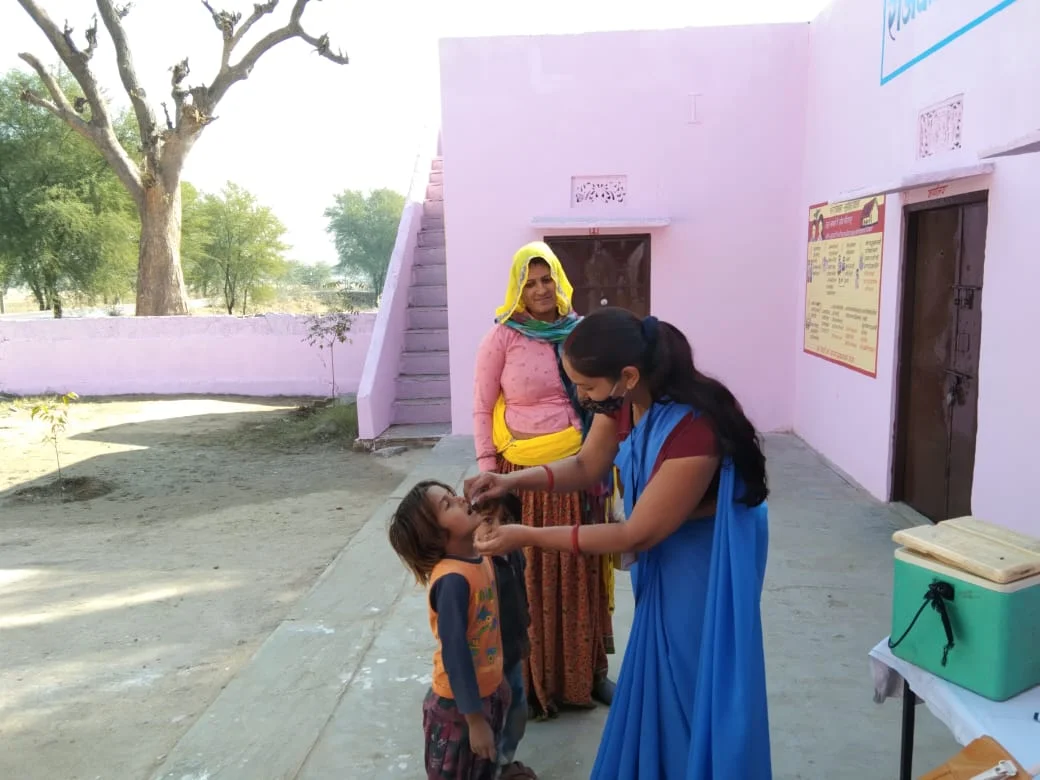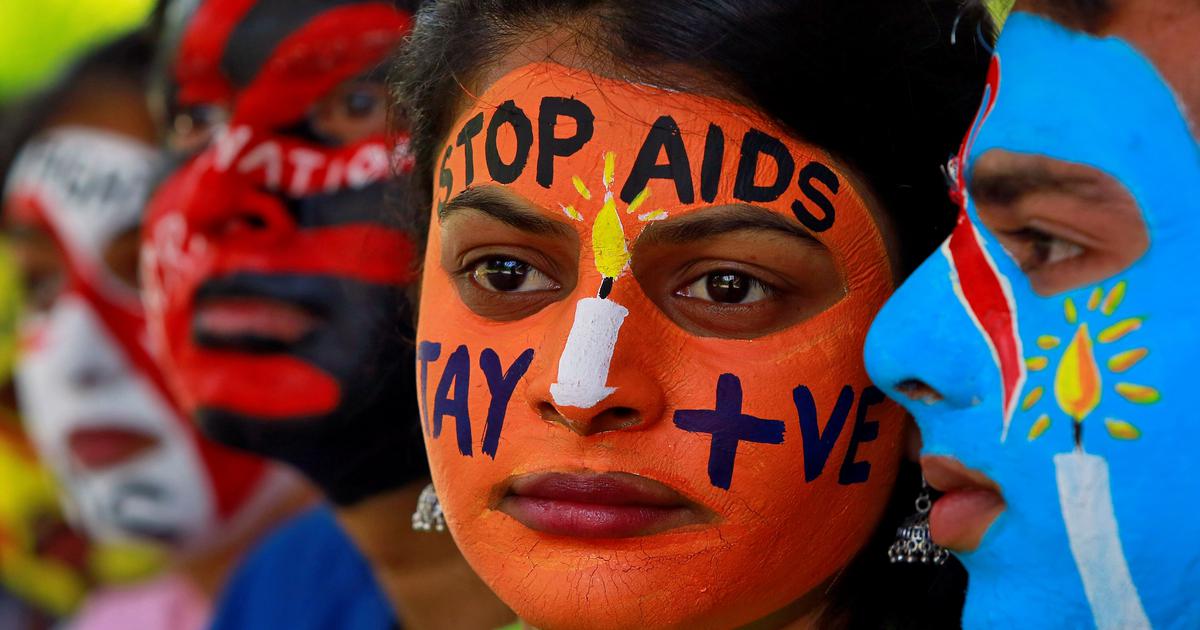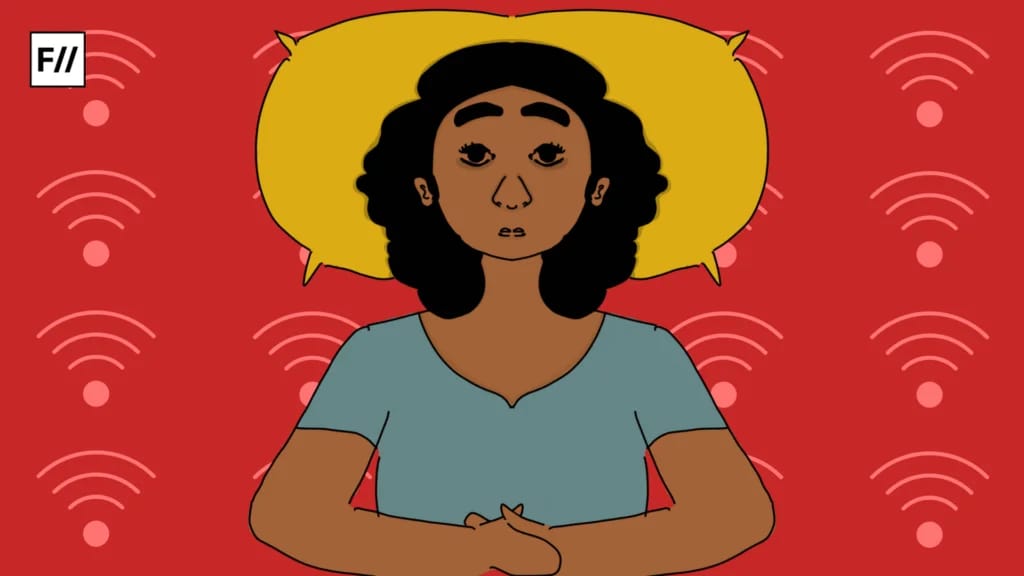If asked, what is the biggest challenge that women have while touring places – apart from the issue of safety and the male gaze, it is the (un) accessibility to toilets along with fear of carrying infections ‘down there.’ Even if women get the liberty to travel freely, problems like the lack of toilets plague their lives. Hygiene is still a privilege – a significant concern for public health and gender equality.
In India, the Swacch Bharat Abhiyan, a campaign rolled out by the Government of India in 2014 has achieved some progress. The efforts from this national sanitation program have increased access to toilets but the current situation is not very bright. A solution that does bring light to the toilet problem is the installation of Pink Toilets – seen in Gautam Buddh Nagar, Uttar Pradesh. Many traffic crossings of Noida have such toilets which are exclusively for women and children at a nominal fee under Rs.5. The managers there try to maintain hygiene. They are helpful with working sanitary pads vending machines too. Residents notice long queues there pointing at the need for more such toilets throughout the city and the country.
In terms of sanitation and hygiene, a lot has been achieved by the Swacch Bharat Abhiyan but not enough to reshape social beliefs or change personal beliefs. Gender norms, restrictive in nature, affect female mobility and thus limit their ability to use public toilets, “further deteriorating their health and well-being.” It’s not like there aren’t any women travellers in India but they commonly travel as accompanying mothers, wives, friends, and daughters. Almost always accompanying men, like in other social instances.
Menstrual and intimate hygiene
If not urgent, a privileged woman would reschedule her travel plans per their period dates. Even though most sanitary napkin advertisements show women travelling during periods are extremely worthy of admiration, in reality, if presented with the choice and horrors of unprecedented and heavy periods – the active choice of a traveller is going to be more comfortable with cramp relief gel in a hotel room. However, many women like to keep their periods unrevealed as it keeps them away from the shame and embarrassment of buying, keeping, and disposing of sanitary products. It is a privilege to travel freely while menstruating, which many women, unfortunately, do not enjoy.

It is standard to maintain good vaginal hygiene normally. While travelling, it becomes extremely troublesome due to the lack of (clean) toilets and water in many regions. Thus, out of options, women resort to unclean practices like delaying the change of menstrual products which could lead to bacterial infections.
Lack of information
In 2024, with the information dump on the internet about every topic under the sun; challenges and risks faced by women travelling in India still remain a topic concerningly under-researched. There is very little to learn about the uniqueness of the female body, which deserves a different lens to be looked at while travelling.
The internet does not offer much concerning women-specific travel information. The goal of better awareness can only be reached when more people talk about the hurdles and needs of travelling women. The first step could be recognising this information blackhole in the first place. And then gradually, researchers and bloggers could do better.
Health and social risks
Due to a lack of proper and adequate hygiene, women have many potential health-related risks and diseases. Major studies have shown how urogenital (e.g. urinary tract, vulvar, internal genital) myiasis has been observed due to rudimentary sanitation and poor genital hygiene. This is a parasitic disease caused when flies lay their eggs near the end of the urethra which results in the larvae proceeding upwards on the lines of the urogenital tract. Research has shown that travelling women are at a higher risk of contracting illnesses like UTIs or bacterial infections. Especially pregnant and lactating women are more prone to having ill outcomes of poor hygiene and the sorry state of public toilets.

Often, women are forced to relieve themselves in panic, anxiety and hurry. The psychology between the need to urinate and moving out of the makeshift toilet as fast as possible makes women run in and out of the toilet way faster than usual. Plus, there is always the added psychosocial stress of getting an infection which adds to the toilet insecurity.
In India, women have the liberty to roam around freely without being sexualised, said no one ever. Any day or night, wedding or vacation – women face a lot of violence at the hands of men. The recent incident of a gang rape of a Spanish woman going to Nepal from West Bengal created a lot of outrage on social media, and rightfully so. The woman shared the details of how they were looted, brutally hit and raped in Dumka district of Jharkhand, while she was camping with her husband. The evidence of the husband being assaulted points to the alarming reality of the increased risk of violence towards travellers in India, in general. It shows how not just women but even men are at risk of violence while travelling in India. This March 2024 incident is not anecdotal as there was a similar case in Thiruvananthapuram in 2018, and in Madhya Pradesh in 2014 too.
Furthermore, cases of groping, staring, and stalking are impediments to women feeling safe while travelling; which in turn affects their future plans of travel too. In many instances, travelling also takes a toll on women’s mental health as their expectations of a safe environment are not met.
Inequality in the experience of urination
The male counterpart has the option of relieving themselves anywhere they deem fit; be it against trees or bushes, even though it is prohibited under Indian law. Plus, problems like missing lights, very small cabinets, dirty commodes, and rods for support and balance do not concern a urinating man much but are significant for a urinating woman.

Also, as commonly discussed, in situations like long bus/car rides, Indian women really have to run a microscopic search for toilets in dhabas, highway restaurants, and petrol pumps. All this, only to find a dirty one with an inadequate water supply and lack of privacy.
Due to the unavailability of toilets and the anxiety of getting the pressure to pee, travelling women often drink less water and stick to a more solid diet. This further leads to dehydration, and ill health during an ongoing vacation and after returning home.
Women in public toilets squat down to pee because they do not want to sit down and rest their bodies on the commode (originating from the fear of catching infections). Now, physiologically, this is detrimental. Females do not have a prostate, which helps support the male bladder while standing. This lack of support can place extra strain on the bladder region when not sitting down properly, making it painful for the joints. It also makes it harder for the bladder to fully empty. This is not just hard for older and pregnant women but also has an increased risk of creating joint pains and leading to arthritis.
Toilets are a feminist issue
One might assume that toilets are a travel issue in India. Contrary to conventional beliefs, toilets are not just a travel issue but verily a feminist issue. This is because the issue of women not finding adequate (clean) toilets is faced by rural women daily. Results from various studies highlight that “projecting what others around us do and approve of are powerful drivers to shift personal beliefs and to encourage independent usage of public toilets among women.”

In rural India, women still go outside their homes to use toilets and in turn, become more prone to facing sexual violence and health risks. The urban woman learns about this only when they travel – for work, vacations, etc. In many parts of the country, there is shame in talking about the toilet gap which is one of the chief reasons this issue has been missing from mainstream news writing and statistical analysis. This is further increased when the conversation turns to menstruating women. Depending on the cultural background, the embarrassment and outrage of modesty deepen as women address their concerns about clean and accessible toilets.
What do women really want? With the developing world, gender-responsive infrastructure, and services, that can address gender-based differences in mobility are the need of the hour. Privacy and safety mustn’t be the exception, but the norm. In the few places where there are loos, cleanliness, which is mostly a privilege, is craved for as the toilets are old and full of algae/bacteria.
Better availability of loos and fewer queues once you find a loo, cleaner seats and more responsible acknowledgement from the governments is required here. “The behavioural interventions may lead women to use the public toilets; however, usage can only be sustained if the surrounding structural issues are resolved.” Not just behavioural but structural changes are required from the governments in charge.
About the author(s)
Ruchi Bhattar is a student at the Department of Law, University of Calcutta. Her areas of interest include politics, feminism, social justice and various other societal institutions.





